Table of Contents
13 Strange Viking Superstitions
The Vikings, known for their seafaring and warrior culture, also held a myriad of superstitions that influenced their daily lives. These beliefs often revolved around luck, fate, and the supernatural, reflecting their deep connection with nature and the mystical. Here are 13 strange Viking superstitions that highlight the fascinating aspects of their culture.
1. Seeing a White Bear
Encountering a white bear, particularly a polar bear, was considered an omen of great luck and prosperity. Vikings believed these rare sightings indicated the favor of the gods.
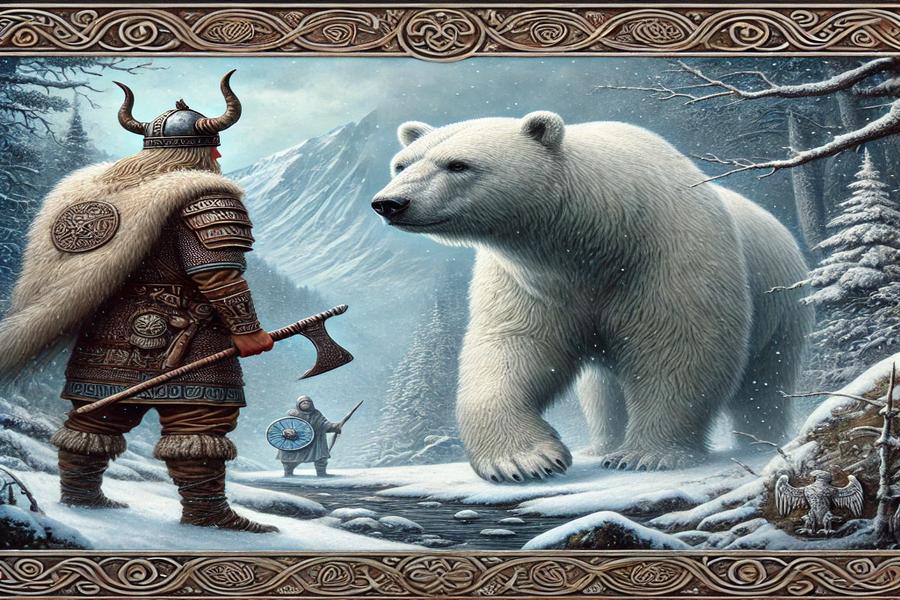
2. The Number Nine
The number nine held significant mystical importance in Viking culture. Many Norse myths and rituals incorporated the number, such as Odin hanging on the Yggdrasil tree for nine days and nights.
3. Knocking on Wood
Vikings knocked on wood to invoke the protection of spirits dwelling within trees. This practice was believed to ward off evil spirits and bring good fortune, a custom that persists in various cultures today.
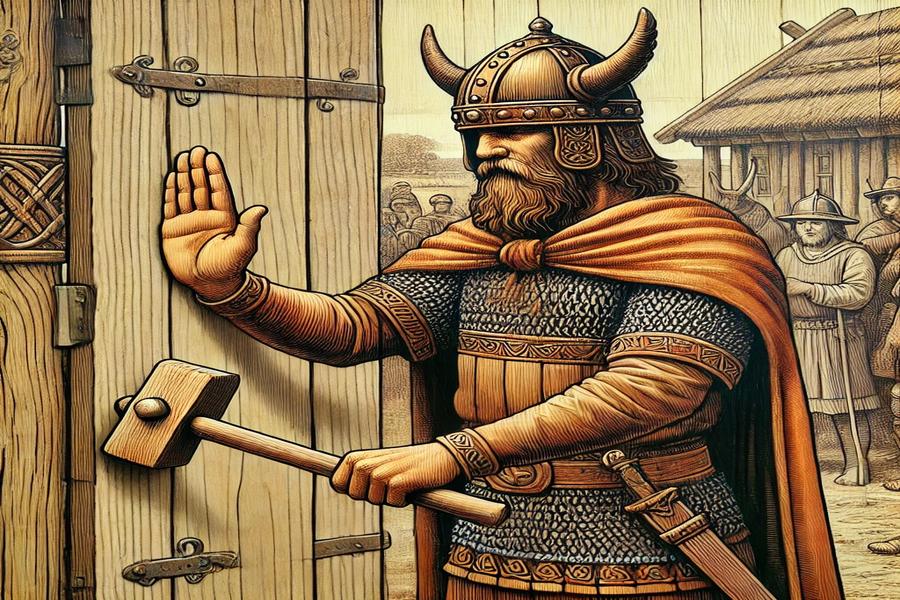
4. Magical Runes
Runes were not only an alphabet but also believed to possess magical properties. Vikings used them for divination, protection, and invoking spells, with specific runes thought to hold different powers.
5. Birds as Messengers
Certain birds, like ravens and crows, were considered messengers of the gods. Seeing these birds could be interpreted as omens or warnings from the divine, especially since ravens were associated with Odin.
6. The Draugr (Revenants)
Vikings believed in the Draugr, undead beings who would return to life to protect their treasures or seek revenge. To prevent this, they would place scythes or heavy stones on graves to keep the dead from rising.
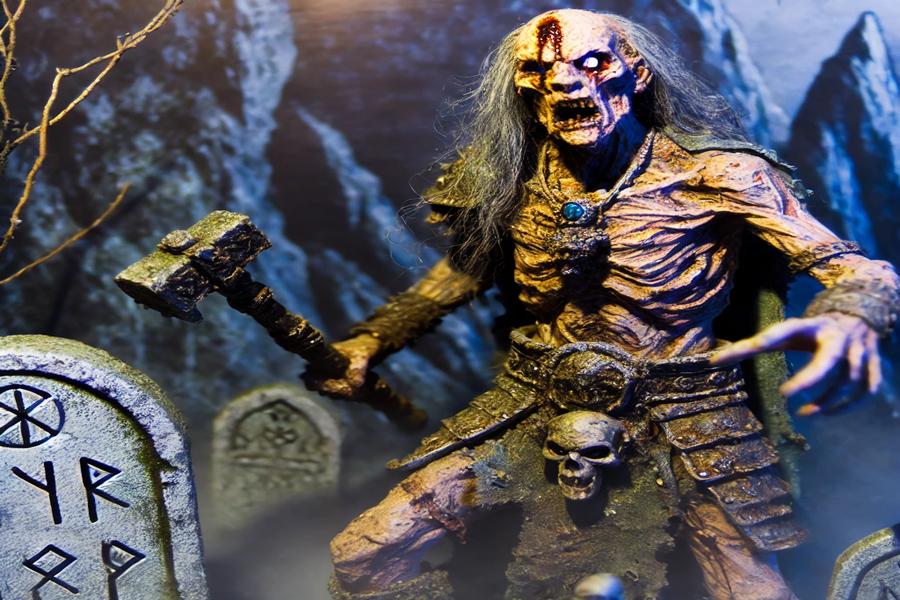
7. The Sight of a Valkyrie
Seeing a Valkyrie, a female figure who chose those who would die and those who would live in battle, was a powerful omen. A Valkyrie’s presence indicated imminent death or great honor in battle.
8. Ship Naming and Blessing
Vikings named their ships and performed rituals to bless them before voyages. Sacrifices, often of animals, were made to ensure safe passage and favorable winds, believing the ship could take on a protective spirit.
9. The Power of Seiðr
Seiðr was a form of Norse magic practiced mainly by women, known as völvas. This practice involved rituals to see into the future, alter fate, or communicate with spirits, often invoking both awe and fear in Viking society.
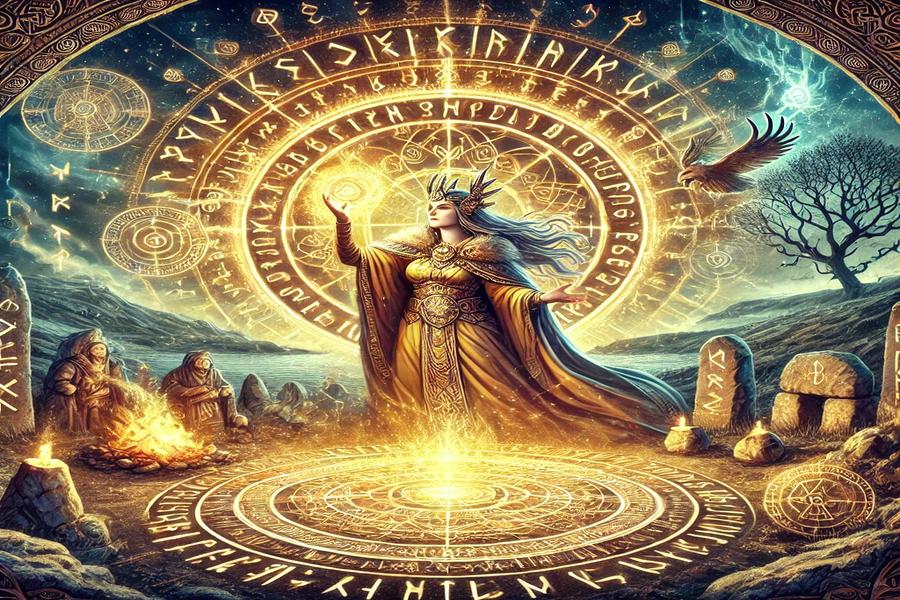
10. The First Foot
The superstition of “first foot” held that the first person to enter a home in the new year could bring either good or bad luck. A tall, dark-haired man was considered the most favorable first visitor.
11. Avoiding the Evil Eye
Vikings believed in the evil eye, a glare that could cause harm or misfortune. The Norse used talismans, amulets, and specific gestures to ward off the evil eye’s effects.
12. Sacrificial Blood
The Vikings performed sacrifices, or blóts, using the blood of animals (and sometimes humans) to gain favor with the gods. The sacrificial blood was sprinkled on altars, idols, and participants to invoke blessings.
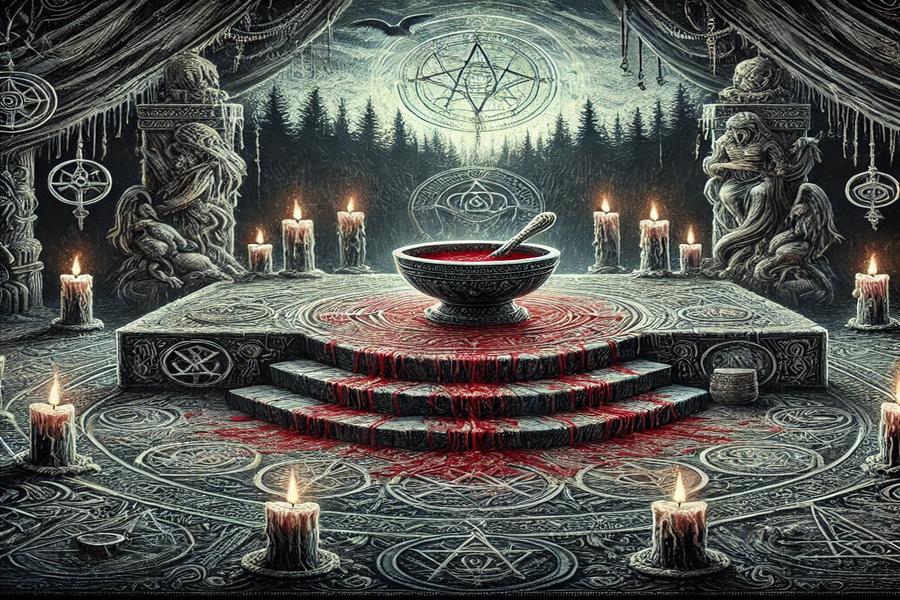
13. Seeing Spirits in Nature
Vikings believed spirits inhabited natural elements like trees, rocks, and rivers. They often left offerings and performed rituals to appease these spirits, ensuring harmony and protection in their daily lives.
Conclusion
These 13 strange Viking superstitions reveal the depth of their mystical beliefs and the importance of interpreting signs and omens. By understanding these superstitions, we gain insight into the Vikings’ connection with the supernatural and their efforts to navigate the uncertainties of life through ritual and belief. Exploring these customs highlights the rich and complex tapestry of Viking culture, blending the natural and spiritual worlds in ways that continue to fascinate us today.
